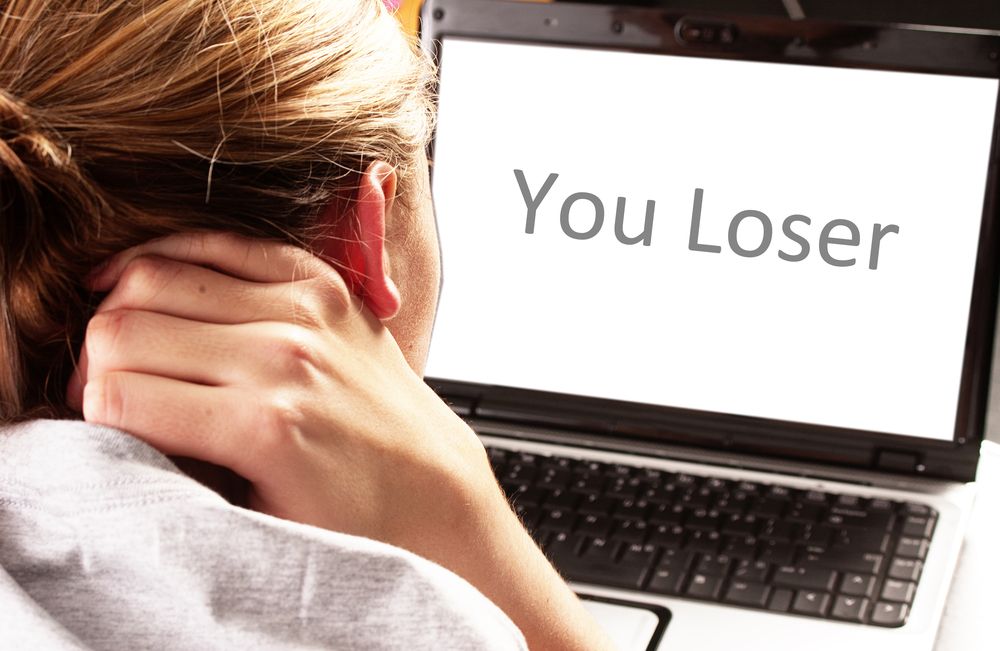New Strategies to Fight Cyberbullying Needed, Scientist Says

With the advent of the Internet age, kids are taking their traditional schoolyard bullying tricks online. New research on online bullying indicates that the two type of bullying are very different, though they have the same negative outcomes on the victims.
For instance, online "bullies" may not even realize they're being aggressive or hurtful toward a peer in this virtual realm.
"The evidence showing the impact of being a victim online is quite profound," study researcher Jennifer Shapka, a professor at the University of British Columbia, told LiveScience. "With the absence of nonverbal cues to indicate if you are joking, there's a bias to assume that people are being mean."
Cyberbullying is a big problem, even more prevalent than traditional schoolyard bullying. About 25 percent to 30 percent of youth have admitted experiencing or taken part in cyberbullying, but only 12 percent of youth said the same about schoolyard bullying, the new study found.
Shapka's research, presented today (April 13) at the American Educational Research Association's annual meeting in Vancouver, indicates that cyberbullying is actually a little more nuanced and complicated than traditional bullying.
"Cyberbullying might be the wrong term. A lot of what's happening online could be just aggression, people being aggressive to each other," Shapka told LiveScience. As such, she suggests schools need new strategies for dealing with the online version of bullying. [The History of Human Aggression]
Different dynamics
Sign up for the Live Science daily newsletter now
Get the world’s most fascinating discoveries delivered straight to your inbox.
Shapka analyzed data from surveys of 17,000 Vancouver students in grades 8 to 12; a follow-up study involving 733 Vancouver youth ages10 and 18 was focused on identifying the types of bullying the kids had participated in or been witness to, and actually found that many think of these behaviors as "just joking."
"Youth say that 95 percent of what happens online was intended as a joke and only 5 percent was intended to harm," Shapka said in a statement. "It is clear that youth are underestimating the level of harm associated with cyberbullying."
She found that traditional schoolyard bullying has three main characteristics: a power differential between bully and victim, a proactive targeting of a victim and ongoing aggression.
Cyberbullying doesn't require a defined "bully" and "victim" — any person could be a bully, victim or witness to bullying in an online setting. Kids can even be all three in the span of a few minutes, Shapka said. Bullying online doesn't seem to rely on traditional power roles, such as size and popularity, between the aggressor and the person being picked on.
Shapka said her results indicate that students who cyberbully often "downplay the impact of it, which means that existing education and prevention programs are not going to get through to them," she said. "Students need to be educated that this 'just joking' behavior has serious implications."
Same effects
Though the dynamics of these bullying interactions may be different, another recent study, published March 8 in the journal Computers in Human Behavior, indicates that being ignored online hurts just as much as being ignored in person.
"If you've ever felt bad about being 'ignored' on Facebook, you're not alone," study researcher Joshua Smyth, a professor at Penn State University, said in a statement. "Facebook — with its approximately 800 million users — serves as a place to forge social connections; however, it is often a way to exclude others without the awkwardness of a face-to-face interaction."
Smyth and Kelly Filipkowksi, a researcher at Misericordia University in Pennsylvania, conducted two studies. In the first study, 275 college students explained how they would feel if they were ignored during a conversation. In the second study, 77 college students were ignored during a staged conversation with a stranger, either in person or online.
"Contrary to our expectation, the students' responses to rejection were not primarily characterized by severe distress, but rather characterized by numbness and distancing or withdrawal," Smyth said. "Most people would probably expect that being ignored or rejected via a remote source like the Internet would not hurt as much as being rejected in person. Yet, our studies show that people may experience similar psychological reactions to online exclusion as they do with face-to-face exclusion."
Intervention attempts
Previous studies have also shown that online bullying can have the same consequences for a person's mental health, developmental well-being and academic achievement — extreme cases can even lead to suicide — as traditional schoolyard bullying.
Because online and in-person bullying seem to work in different ways, but have similar effects, Shapka said that new interventions are needed to help curb these online aggressive acts.
"There are currently many programs aimed at reducing bullying in schools, and I think there is an assumption that these programs deal with cyberbullying as well," Shapka said. "What we're seeing is that kids don't equate cyberbullying with traditional forms of schoolyard bullying. As such, we shouldn't assume that existing interventions will be relevant to aggression that is happening online."
New interventions should be developed to educate kids about their aggressive activities online: "We need to help them understand that they are being aggressive and hurting people," Shapka said. "That's different than a traditional anti-bullying program that is focused on getting witnesses more active and helping the victims."
You can follow LiveScience staff writer Jennifer Welsh on Twitter, on Google+ or on Facebook. Follow LiveScience for the latest in science news and discoveries on Twitter and on Facebook.
Jennifer Welsh is a Connecticut-based science writer and editor and a regular contributor to Live Science. She also has several years of bench work in cancer research and anti-viral drug discovery under her belt. She has previously written for Science News, VerywellHealth, The Scientist, Discover Magazine, WIRED Science, and Business Insider.












